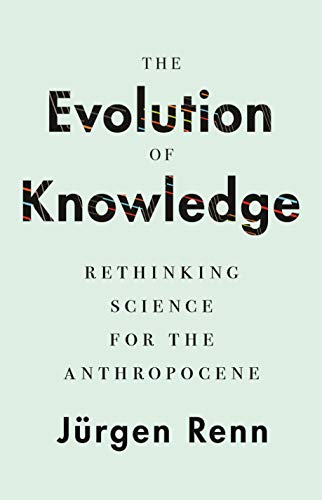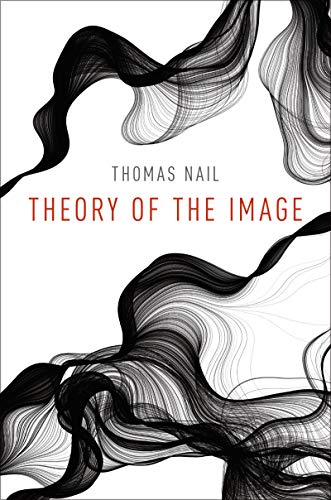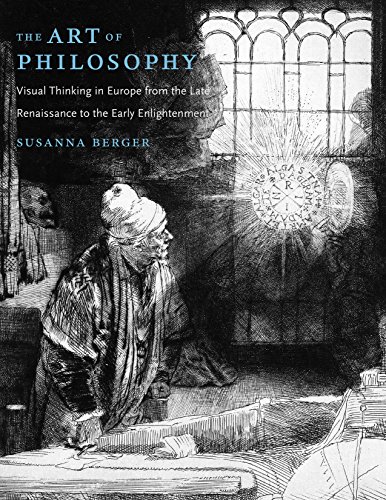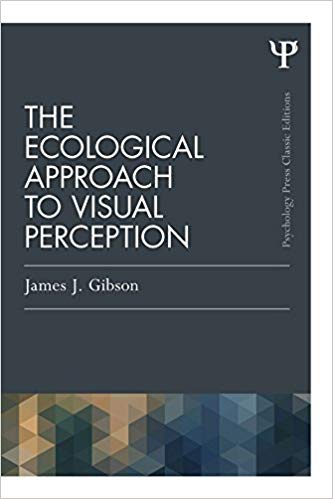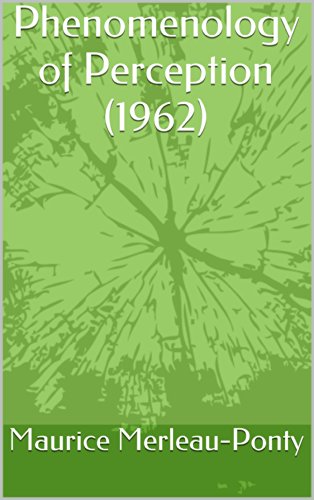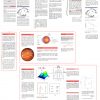Thought Transfer
communication
The ability to identify, interpret, create and transmit meaning across a variety of forms of communication
Concepts ?
Resources ?
Filter 109 resources by topic
Books (11 of 46)
- A grand narrative of human history in which knowledge with is multiple facets serves as a critical factor of cultural evolution.Jan 24, 2020
- The image has been understood in many ways, but it is rarely understood to be fundamentally in motion. The current „Age of Image” author calls a „Copernican revolution in our time”. Theory of the Image offers the first kinetic history of the Western art tradition.May 15, 2019
- Drawing on a vast body of experimental research, Iain McGilchrist argues that the left brain makes for a wonderful servant, while the right side takes the position of the more reliable and insightful master.Mar 26, 2019
- Delving into the intersections between artistic images and philosophical knowledge in Europe from the late sixteenth to the early eighteenth centuries, The Art of Philosophy shows that the making and study of visual art functioned as important methods of philosophical thinking and instruction.Feb 28, 2017
- If perception is real - what this reality means for a subject? Wiesing's methods chart a markedly new path in contemporary perception theory. As part of the argument, he provides a succinct but comprehensive survey of the philosophy of images.Aug 28, 2014
- A classic work in vision science from 1936 by a leading figure in the Gestalt movement, covering topics that continue to be major issues in vision research today. Lost and re-discovered masterpieceOct 19, 2006
- A theory of visual processing stressing what author felt essential to perception, leaving the details about physiology by the wayside. Visual as important only to allow animals to act upon and interact with their surroundings. Perception as information for action, rather than as a passive documentation of external events. A must-have item for visual professionalsNov 20, 1979
- Book wrote with aim to take phenomenology away from the idealist and dualistic tracks of Husserl and Sartre and ground it firmly in ontology through a psychological analysis of perception. In doing so, Merleau-Ponty lays the foundations for Structuralism and later, for better or worse, Poststructuralism and Deconstructuralism.Jan 1, 1962
Articles (1 of 14)
- Participants monitored a monotonous mock telephone message. Half of the group was randomly assigned to a ‘doodling’ condition where they shaded printed shapes while listening to the telephone call. The doodling group performed better on the monitoring task and recalled 29% more information on a surprise memory test.Jun 4, 2018
Scientific Papers (4 of 33)
- Contemporary cultural forms involve more than the perceptual system of sight and more than visual images as a communicative mode. Meaning is made through an interaction of different communicative modes.Dec 21, 2015
- Information Visualization techniques are built on a context with many factors related to both vision and cognition, making it difficult to draw a clear picture of how data visually turns into comprehension. In the intent of promoting a better picture, here, we survey concepts on vision, cognition, and Information Visualization organized in a theorization named Visual Expression Process.May 26, 2015
- What are the stages of the whole brain volume changes during life (growth until 13, adulthood of 13-35 and then gradual brain tissue loss after age of 35)Sep 13, 2011
- An integration of the CODE Theory of Visual Attention (CTVA) with information foraging theory that could lead to deeper analysis of interaction with visual content.Mar 25, 2001
